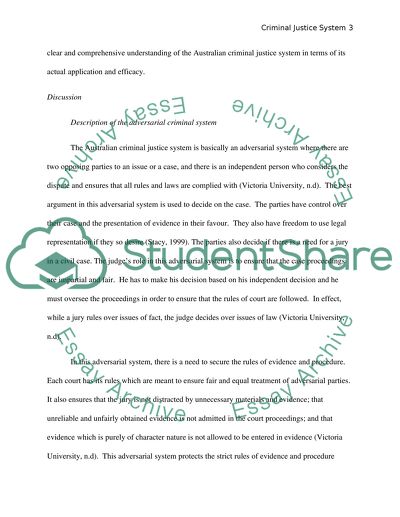Cite this document
(“Australian adversarial criminal justice system Essay”, n.d.)
Retrieved from https://studentshare.org/law/1430207-ypwhen-all-is-said-and-done-the-current-criminal
Retrieved from https://studentshare.org/law/1430207-ypwhen-all-is-said-and-done-the-current-criminal
(Australian Adversarial Criminal Justice System Essay)
https://studentshare.org/law/1430207-ypwhen-all-is-said-and-done-the-current-criminal.
https://studentshare.org/law/1430207-ypwhen-all-is-said-and-done-the-current-criminal.
“Australian Adversarial Criminal Justice System Essay”, n.d. https://studentshare.org/law/1430207-ypwhen-all-is-said-and-done-the-current-criminal.


